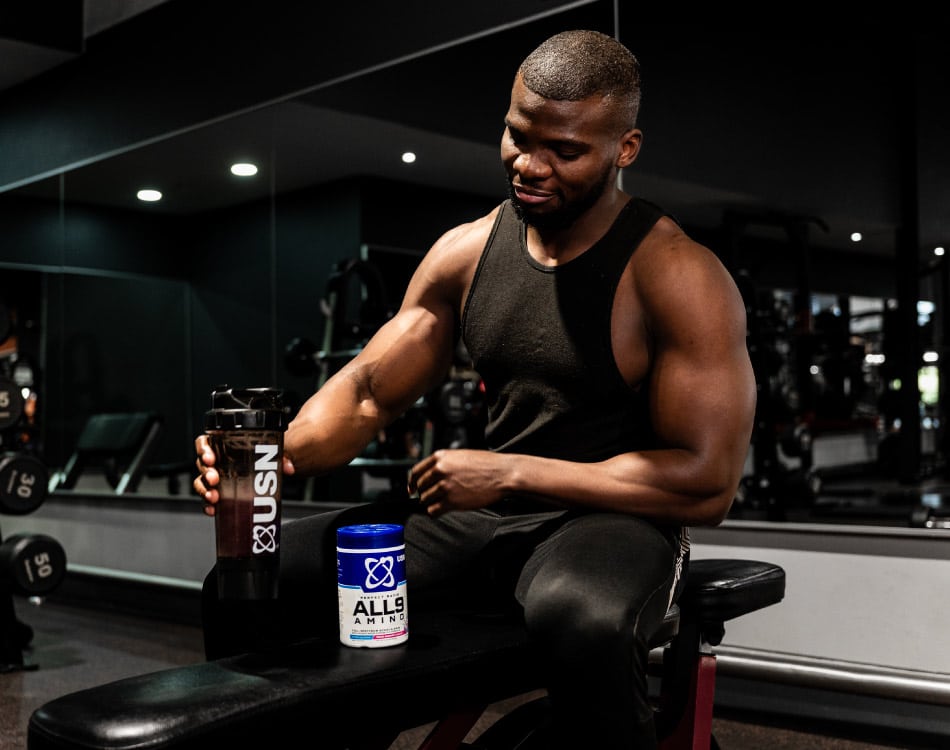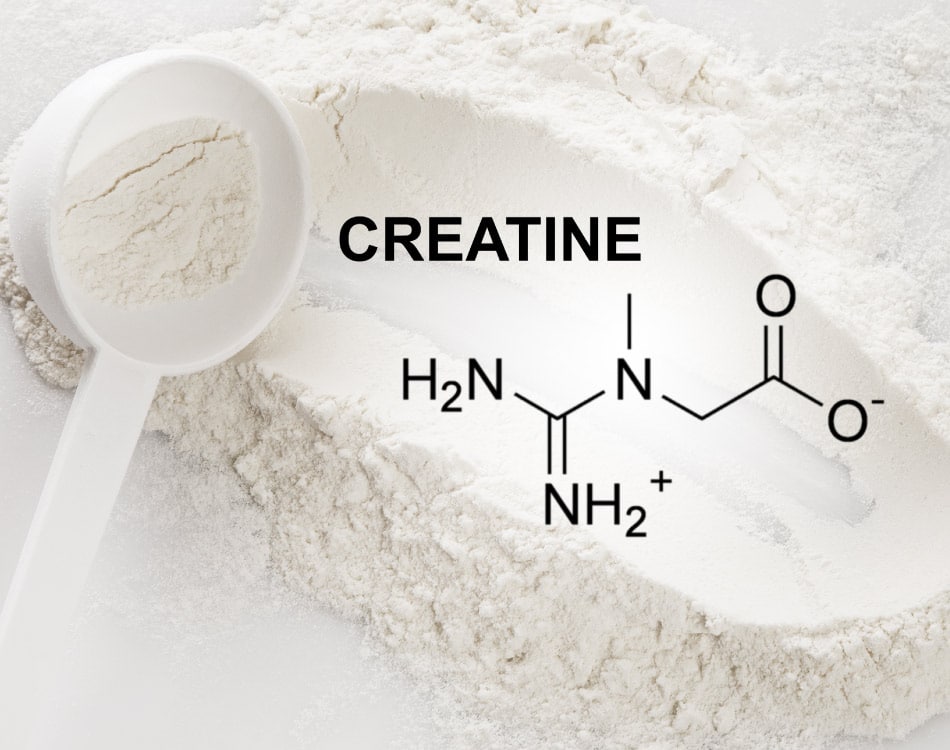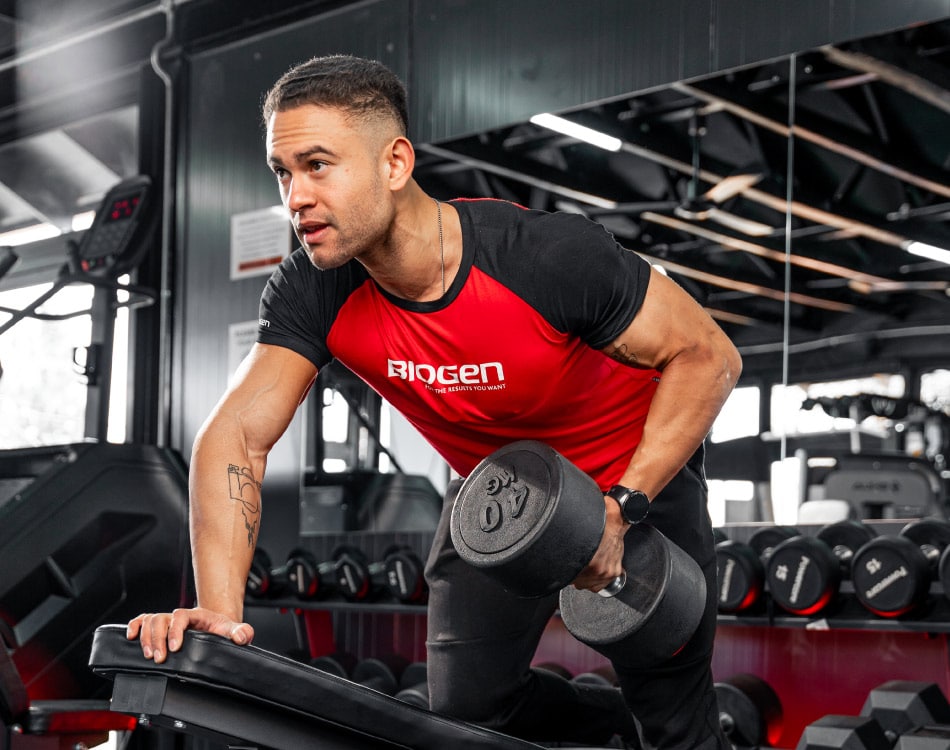If your goal is super-human fitness, superior conditioning and a single digit body fat percentage then metabolic conditioning training should be part of your gym vocabulary.
Metcon defined
By definition metabolic conditioning, or metcon as it is often referred to means conditioning the muscles to improve energy storage and delivery by enhancing the efficiency of the different metabolic systems.
However, when most people talk about metcon training they’re essentially talking about short intervals of high-intensity exercise, like high intensity weight training circuits or complexes. The exercise modalities used are aimed at creating the greatest ‘disturbance’ to your metabolic rate to maximise the calories burnt, both during the session and after the workout. This is achieved by doing exercises that engage large muscle groups, in addition to a number of accessory muscles in every exercise.
Why metcon works
The physiological response to the ‘metabolic disturbance’ that this form of training creates elevates your heart and respiratory rates as your body attempts to return to a state of balance, known as homeostasis.
The natural process replenishes oxygen and other energy stores that were depleted during exercise, repairs tissue damage and facilitates growth, clears metabolic by-products and, most importantly, dissipate the heat your body has generated.
This is why we often hear of the fat burning ‘furnace’ we create by doing high intensity exercise like this as your body uses a significant amount of energy to achieve homeostasis. This increased metabolic rate or ‘after-burn effect’ can last anywhere from 48-72 hours, depending on a number of factors, and can increase your metabolism by between 10-25% over that period.
In fact, various studies show that metabolic interval-type training resulted in a ten-fold increase in fat loss when compared to either aerobic exercise or weight training in isolation, and that metcon training actually used up to 50% more fat as a fuel source during the exercise session. This equates to hundreds of extra calories that are burnt as you simply go about your day after your session.
This type of training also creates a favourable hormonal response. Hormones like epinephrine, norepinephrine, growth hormone, insulin and testosterone are released in excess during and after metcon training. These hormones are all extremely important in the anabolic (muscle-building) process, and help the body burn more calories, many of which are derived from stored fat, provided your diet is correct.
Metcon exercises
The exercises you choose should include traditional compound weight training exercises such s squats and deadlifts, as they require a maximum amount of energy to perform and recover from due to their multi-joint nature and the number of muscles that are involved, in addition to other short duration, high intensity work like sled pushes, resisted sprinting or battling ropes.
This means that you’ll be doing a combination of anaerobic and aerobic work, which targets multiple energy systems in one session, and boosts your metabolism even further. In addition to the muscles targeted, the weight lifted or resistance you work against should also be heavy enough, or the intensity of the exercise high enough to elicit the ideal physiological response. The key to optimising results is to train at maximal or near-maximal levels of effort during each exercise set.
Getting started
If you have a sufficient base-level of fitness and can competently complete the exercises and lifts required with good form then you can plan your first metabolic training session.
You can alternate targeted muscle groups so that you’re not always engaging in exercises that require your legs. You can alternate between push/pull (antagonist) exercises, upper and lower body exercises, or weight lifting exercises and anaerobic work like resisted sprints. Just make sure that at least one major muscle group (legs, back or chest) are dominant movers for each exercise.
The basics:
- Perform repetitions at a moderately fast tempo, particularly on the concentric portion of the movement.
- Aim to perform concentric lifts as explosively as possible without sacrificing on form.
- Don’t rest for more than 15 seconds between sets or circuit stations.
- Complete all the sets or stations, take a longer recovery break and do it again for a total of 3-5 times.

















Leave A Comment